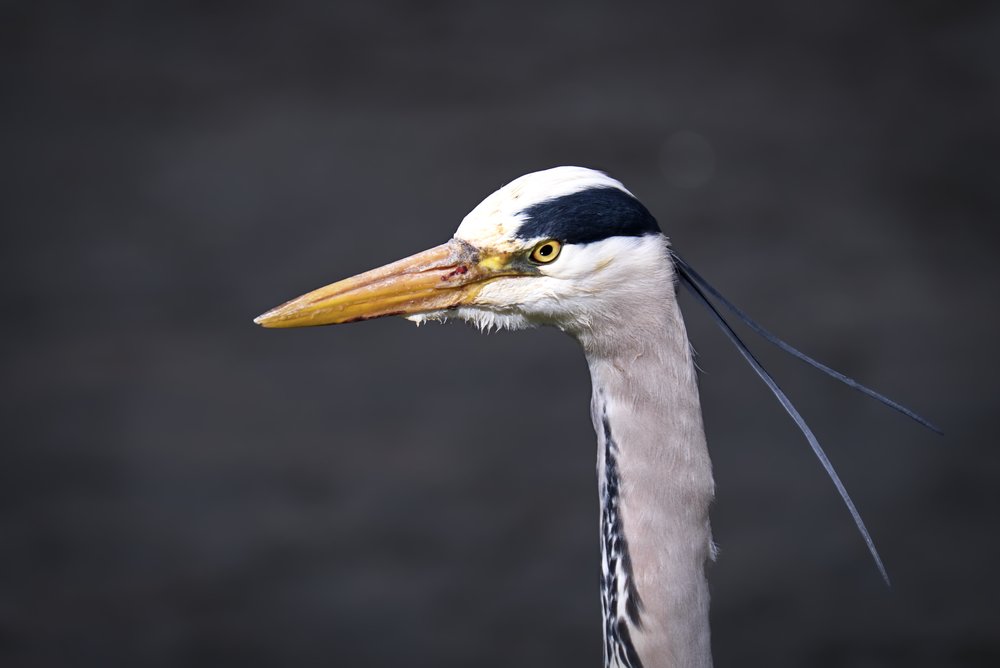
The Dee river at Chester weir is one of my favourite spots for wildlife photography. Cormorants fish in the shallows below the weir, and there are often ducks, swans, gulls, herons and moorhens to be seen. All this and more can be found a short walk from the centre of Chester, just down Watergate Street and across the Old Dee Bridge.
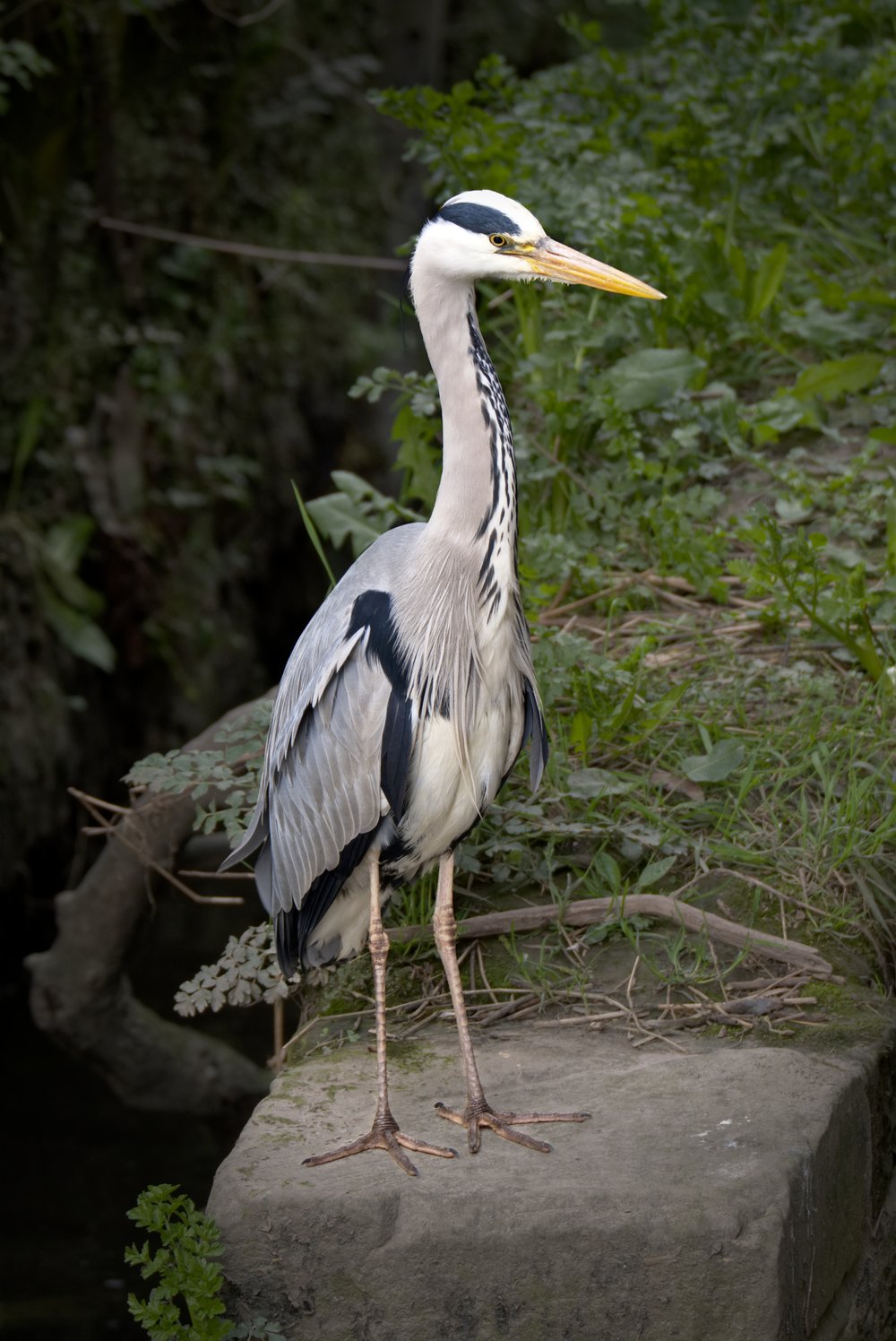
On this occasion, I had my Fuji X-T2 with battery grip, the 100-400 mm f/4.5-5.6 with 1.4 teleconverter, which gives up to 840 mm reach in full-frame terms. This kind of reach is helpful since the river is very wide at this point.
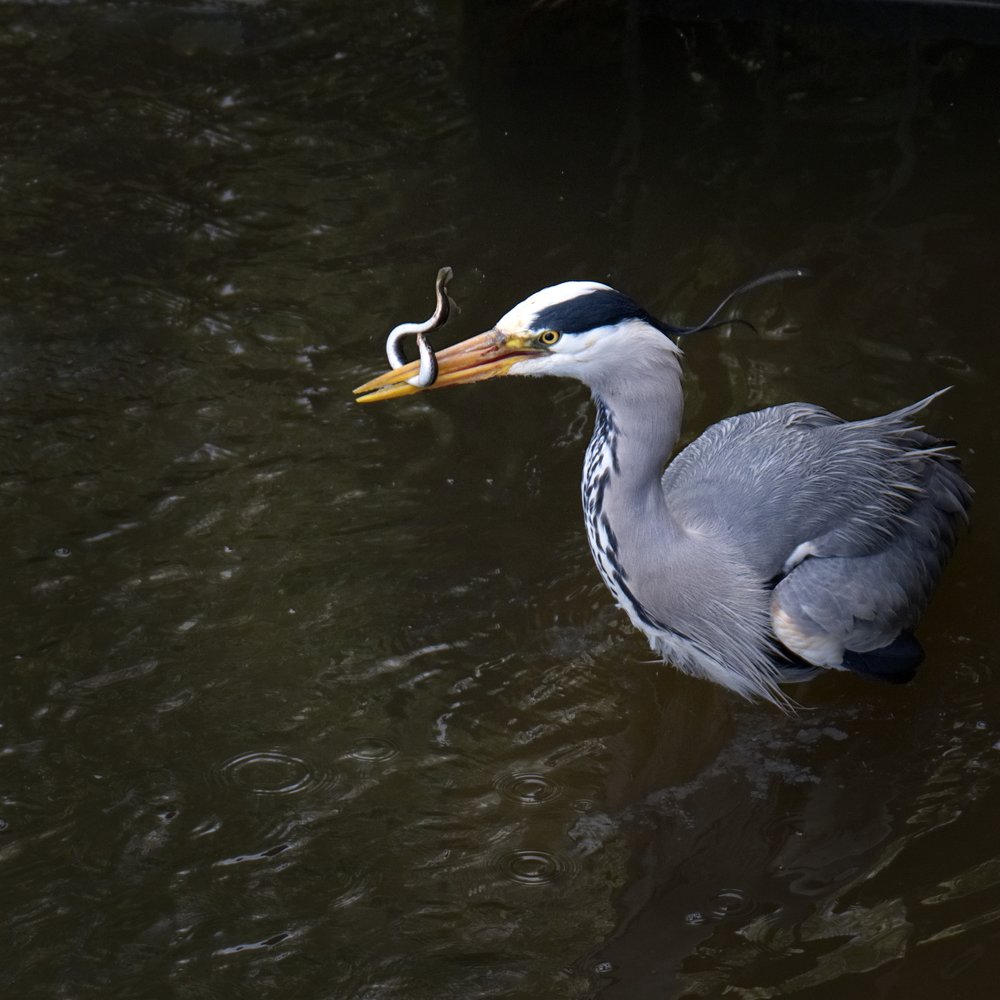
As usual, I travelled hopefully. But this particular morning I found the Dee swollen by recent heavy rains. The weir itself had almost disappeared as the water was nearly level on both sides. The rocks on which the cormorants like to perch were submerged, at least six feet under water. The only bird I could see initially was an immature gull perched on a tall post on the river bank.
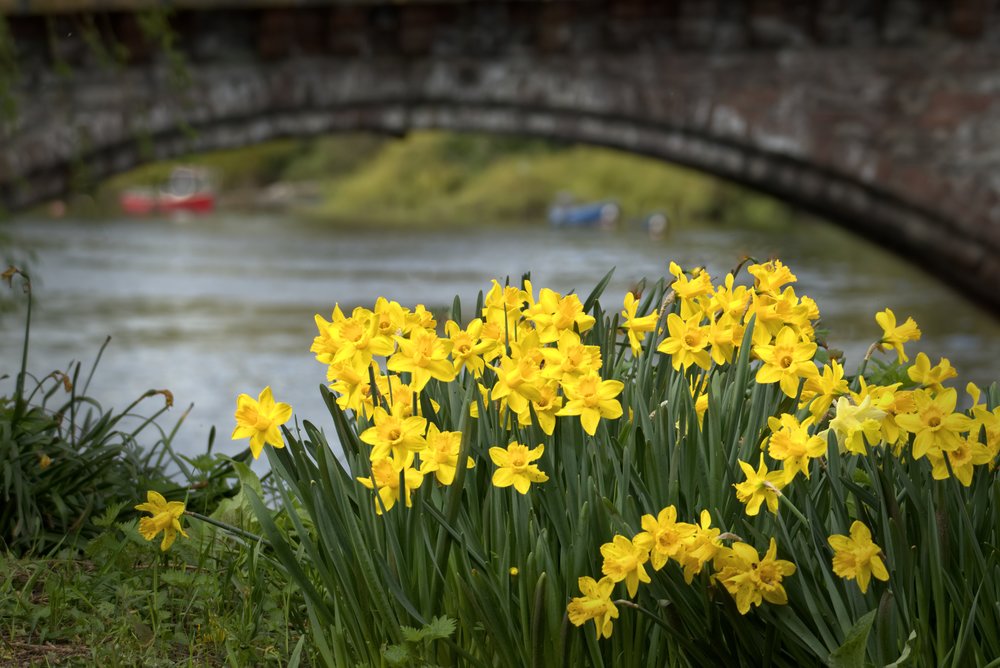
This lack of activity was a frustrating start to a wildlife shoot. I decided to try a landscape image with my long telephoto lens to keep my shutter finger exercised. A “host of golden daffodils” with the Old Dee bridge behind them was my best effort. It is good to see that this long lens, plus the TC provides quite an appealing bokeh effect. It is of course far inferior to the bokeh of my 56mm f/1.2, but it is good to demonstrate what the telephoto lens can produce, subject of course to the appropriate distances between camera and subject, subject and background and so on. Nevertheless, I do not imagine I will be using the telephoto plus TC for bokeh worship on a regular basis. After this diversion into landscape photography, I felt more cheery and decided to walk along the river and look out for some more wildlife.
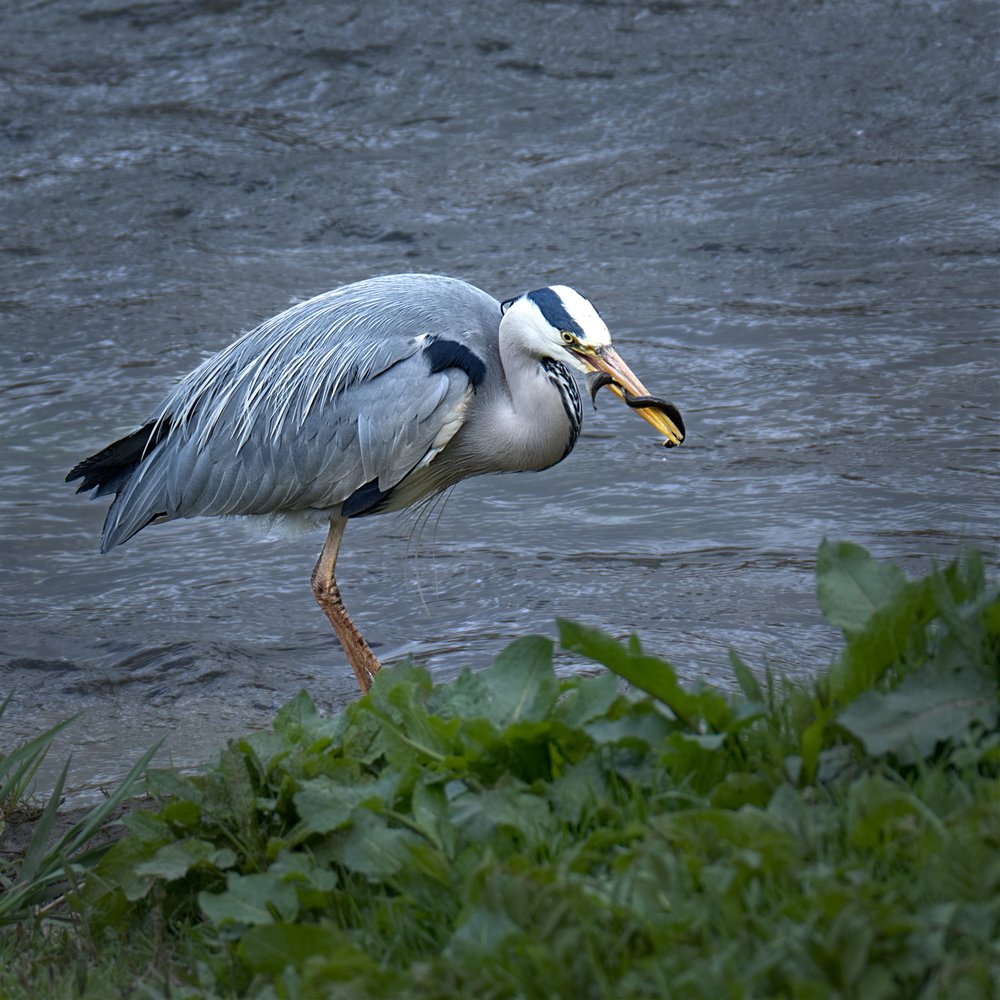
After chatting with a Canadian couple, from Nova Scotia, who were also walking along the river, we all spotted the arrival of some mallard, including a mother with five ducklings. The river was, at last, coming to life — but I was hoping for something wilder than mallard to photograph.
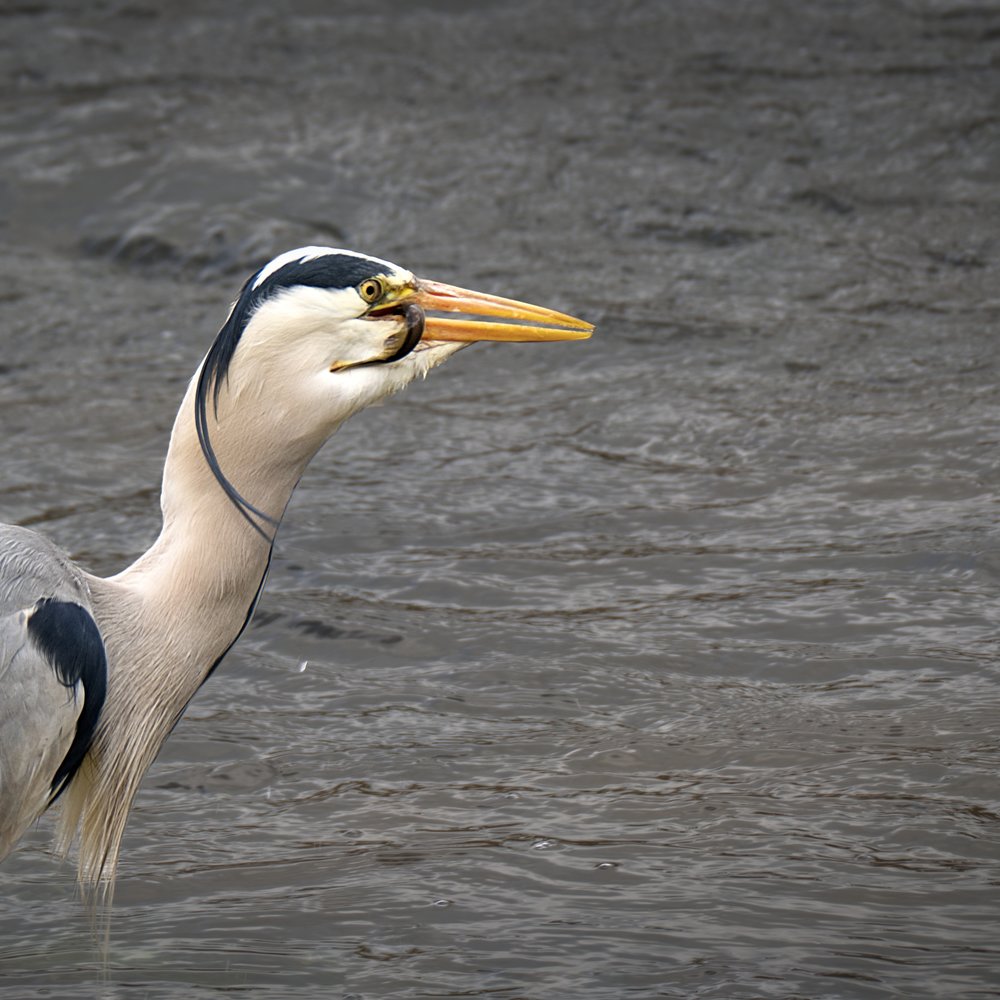
Soon afterwards, I spotted a heron keeping a close watch upon a small, secluded backwater. It was so well hidden that other walkers were passing close by without noticing it. I tried not to give its presence away to others by the ruse of pointing my lens in the opposite direction until the coast was again clear of people. I trust other photographers will readily understand that by now I considered this to be rightfully “my” heron.
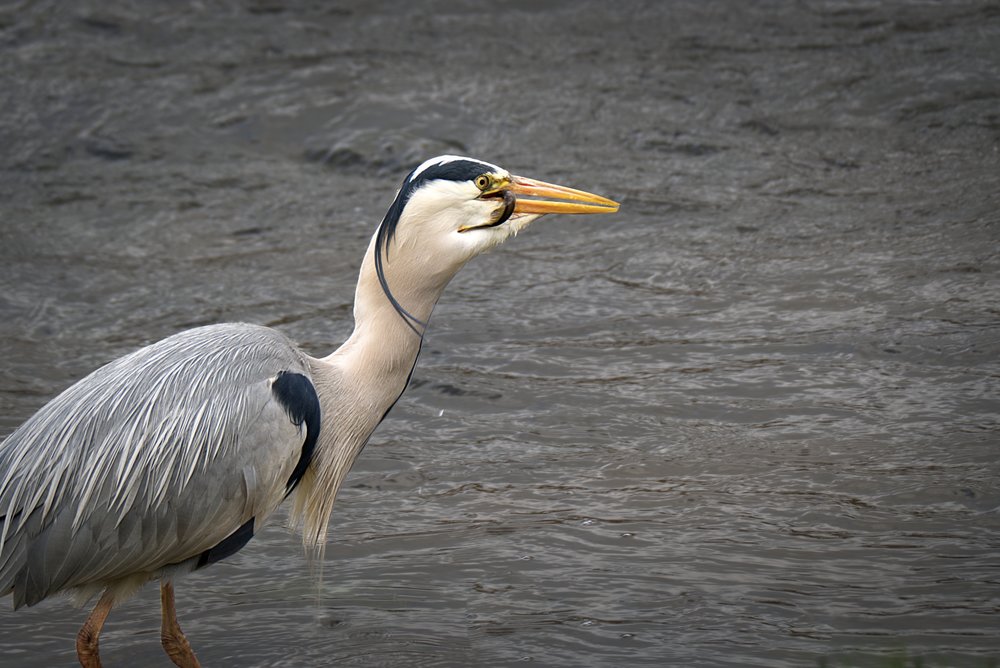
The bird stayed almost motionless for more than ten minutes, giving me an excellent chance to take an environmental portrait of it standing quite still. It was not, however, the kind of action wildlife shot which I was seeking. Another few minutes passed by and I was beginning to wonder whether I should walk on and find a livelier subject. I was however soon delighted that I had resisted the temptation to move away since the heron stepped off its perch and dropped vertically into the water where it caught an eel.
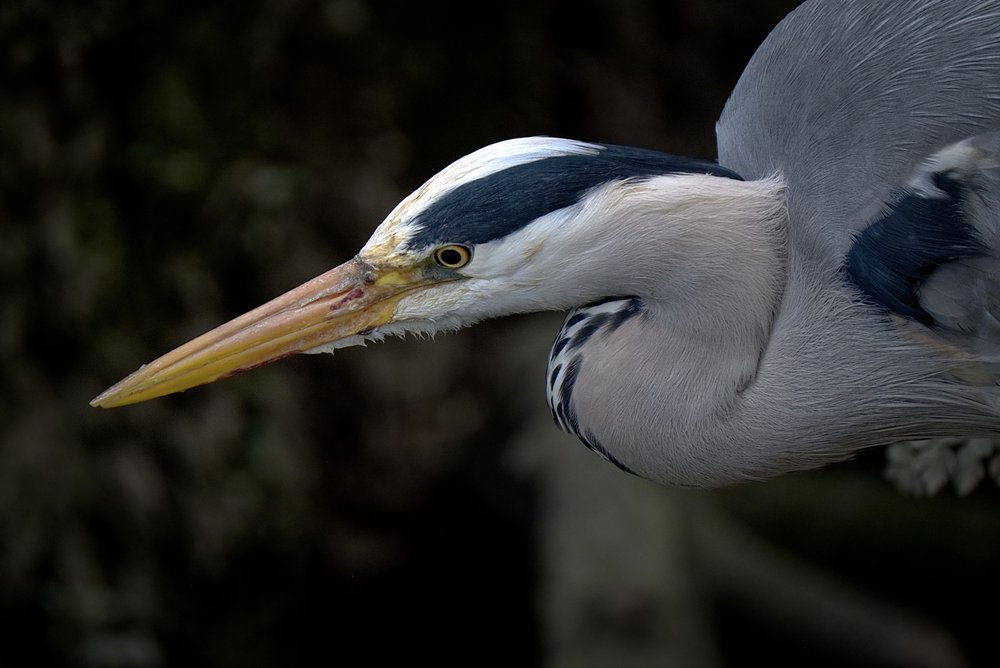
The poor beast writhed and curled around the heron’s beak in its frantic and fruitless efforts to escape. Eels are of course very difficult for humans to spot since their top half is a dark black colour which camouflages them (nearly) perfectly in the muddy stream. It is only their undersides which are bright silver. This dual colouring is well illustrated in two of the images. However, eels are far from being safe from detection by the yellow eye of the patient heron.
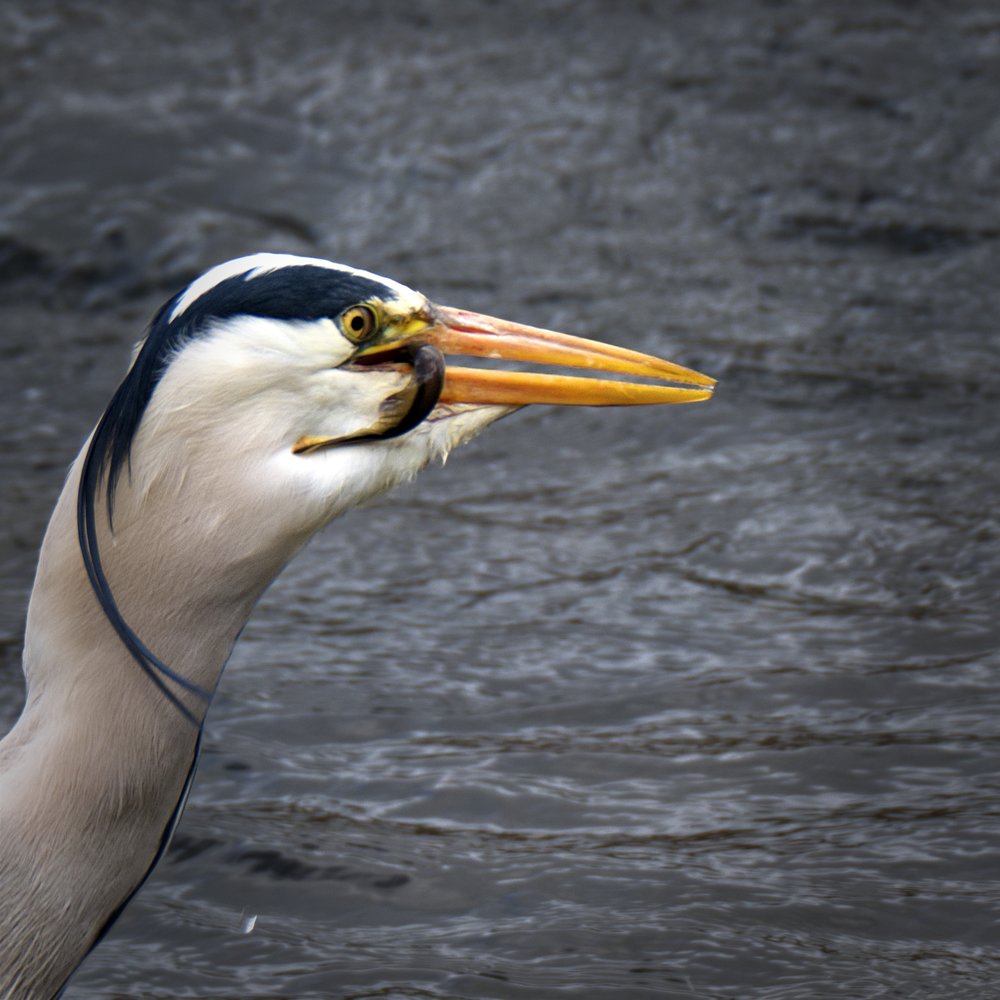
The heron then walked to the riverside where it poked around with its beak in the shallows near to the bank. Another eel was located and gripped in the beak while desperately thrashing and wriggling in its efforts to get away. The heron stood motionless again for a good minute. It is tempting to humanise the situation and imagine the heron’s dilemma. The eel cannot escape when gripped tightly in the beak, but the beak has to be opened to swallow the eel. No wonder a moment’s thought is needed. Suffice to say, the heron soon expertly manoeuvred the still wriggling eel down its throat. It is, of course, a case of generations of evolutionary heron expertise in action with no (human) thought involved.
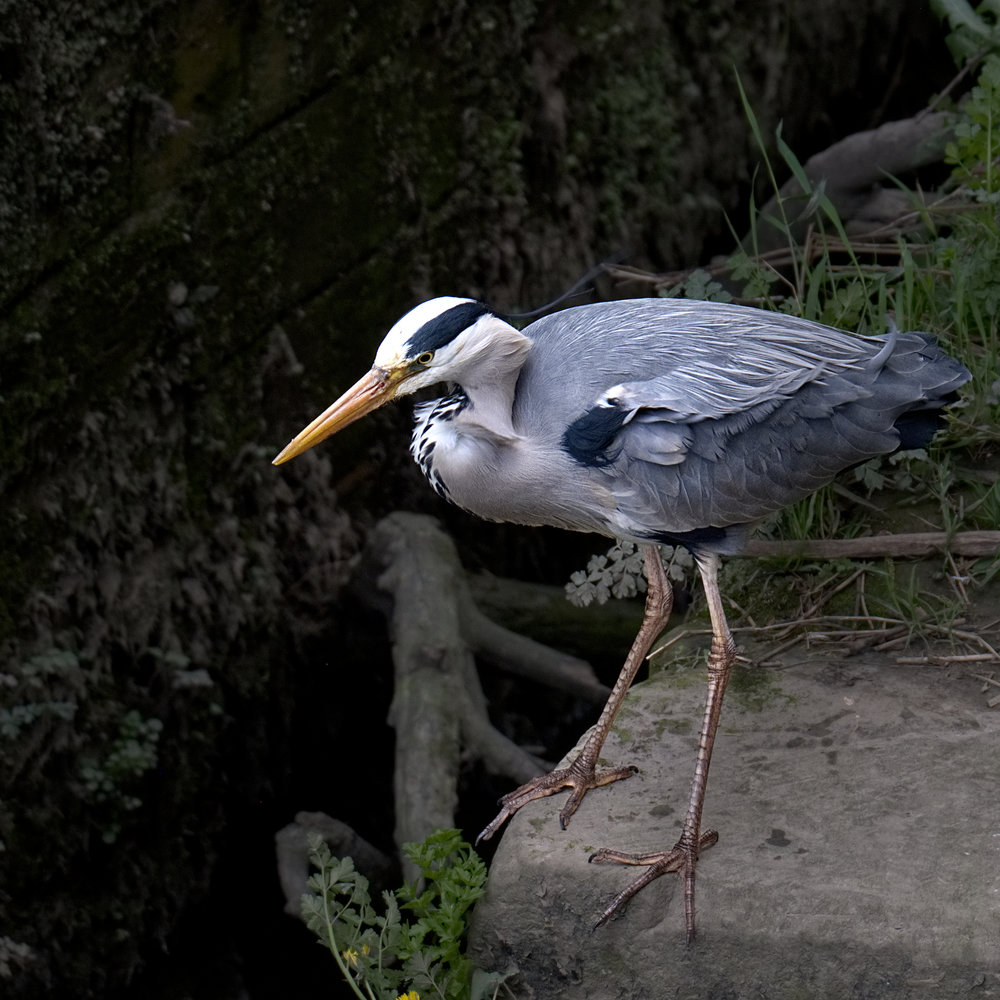
Later, over a coffee and a sticky bun, I reflected on the way my initial disappointment with this shoot had been speedily overtaken a mere hundred yards further upriver by the pleasures of a most enjoyable encounter with my heron. My patience in no way matched his, but he had proved a most rewarding and photogenic subject. The heron’s ability to hide from people and fish so close to the busy pathway along the river is indeed remarkable. The river bank at Chester may not be entirely comparable with Wind in the Willows country, but for a town centre, it continues to surprise and delight with the availability of wildlife subjects.
All images were taken with the Fuji X-T2 with battery grip and the 100-400 mm f/4.5-5.6 R LM OIS WR plus 1.4 TC.
_____________
- Subscribe to Macfilos for free updates on articles as they are published
- Want to comment on this article but having problems?

Nice blog and great photos! I initially noticed your “heron and eels” captures. They look pretty (the heron consumed like 2-3?) big caught and staring down the captors throat here!
So the heron managed to gulp the eel all the way down okay? Does the eel put up a good fight, I wonder if it stands any slim chance of damaging (biting, wriggling etc.) the bird’s elastic gullet or even escaping it if eaten in that condition?! I’ve heard eels can produce a lot of slime that acts as a protective coating and makes them quite slippery too!
Sorry for all the questions, but thanks for the feedback/information! 😉
Thanks for your message. Since this is an old article it might not be possible to answer your queries in detail. But I will pass it on to the author, David Bailey.
Thanks David for this story and beautiful photos. I enjoyed reading about how you were able to capture these moments after a less than promising start. Kevin
Thank you, Kevin. It was a lesson in patience. Despite knowing that pro wildlife photographers are prepared to wait hours, days even months or years (Blue Planet), I am not made of that stuff. But wildlife does not perform to order and I need to remember that.
David
Interesting to note the striations on the front of the heron’s neck. I guess these are intended to appear like riverside branches to prey in the water. Lovely portraits, David.
Thanks. I hadn’t thought of that but it may indeed help the heron blend in. They are masters at standing absolutely immobile which is also helpful but not for the eels!
David
Lovely photos, David. Around where I live, some people say that the herons kill the young cygnets. We have no eels, so they must get their food somewhere. I have seen the adult swans chasing the herons and, of course, I have noted the decline in numbers in some swan families over the summer period each year. We also have sea-gulls which are very aggressive and a large number of foxes who often visit our road at night. So, the list of suspects for the killing of the cygnets does not stop with the herons. The herons are also not a bit afraid of photographers and I often got photos of them with a 50mm lens.
It is not all war between the birds and animals around here. We have a Grey Goose nearby who has adopted (or been adopted by) a swan family. The goose usually sits a few metres away or does ‘wingman’ when they go swimming. It is nice to see some harmony in nature.
William
Pike too are well known to feed on cygnets, ducklings and so on. In my garden, the biggest predator is a sparrowhawk which catches pigeons or blackbirds and leaves just an explosion of feathers after it has eaten the rest.
Like your observation on harmony in nature which is as you say not all red in tooth and claw. Instances of senseless killing are in my view much less in nature than in the case of humans.
David
Some at 1/500, others as low as 1/100 even some down to 1/50. I know the conventional wisdom is for at least 1/840 for this telezoom combination but this was a stationary bird and the backwater was in deep shade, I was therefore in aperture priority since I also had highly effective OIS and a solid metal railing on which to rest the lens. For birds in flight of course shutter priority and 1/1250 or faster.
As you noted, not good to be an eel with herons about!
What a stately bird! Certainly some "decisive moments" for the eels! What shutter speed did you have to use with that amount of telezoom?